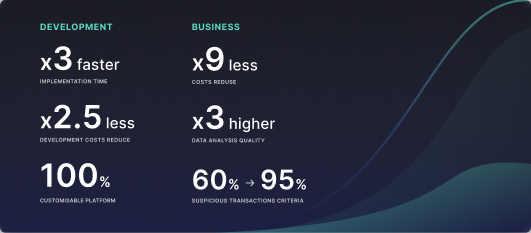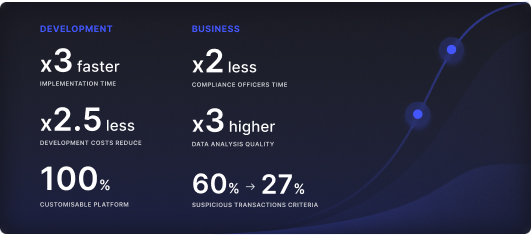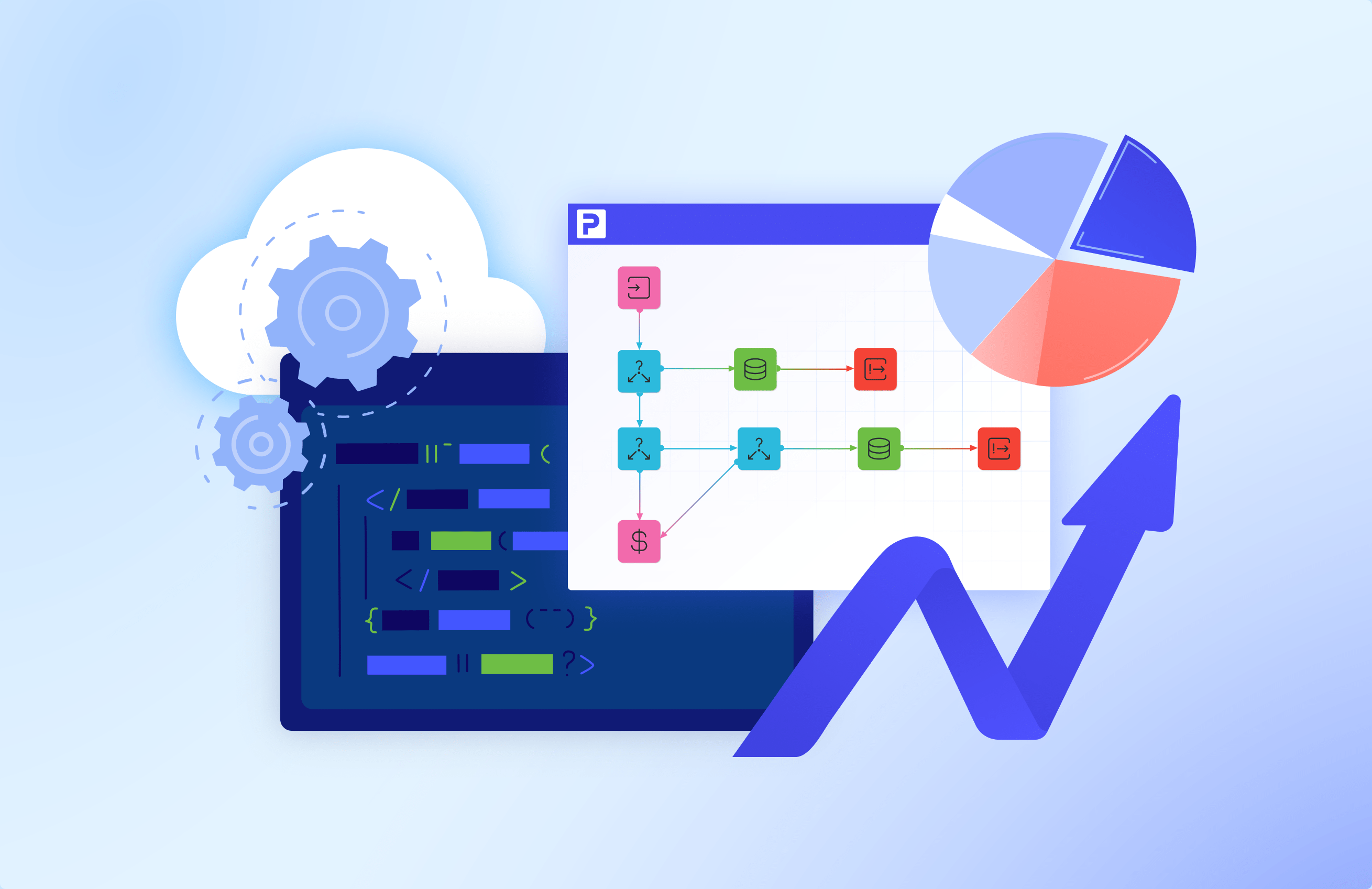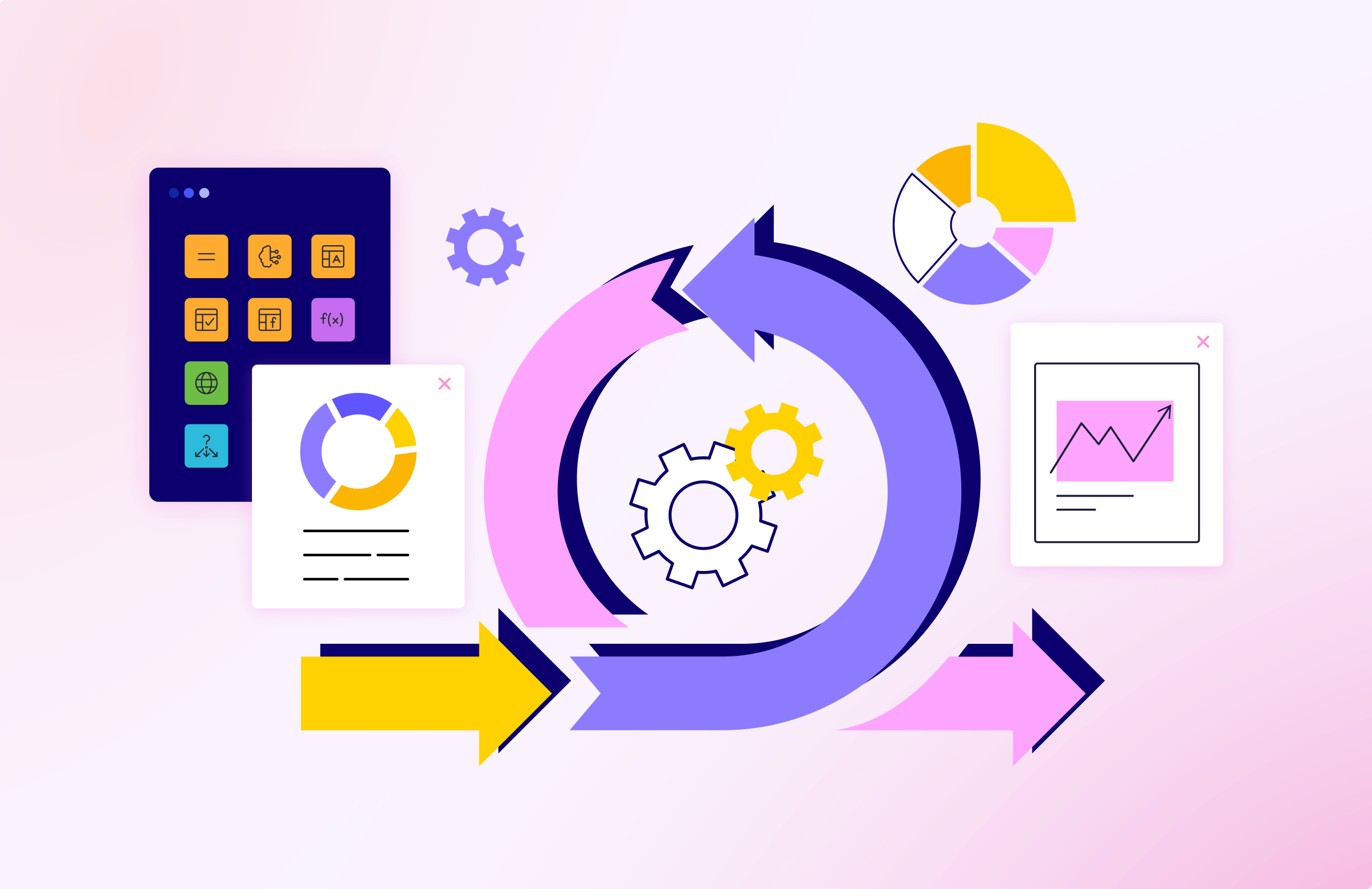Rules Engine vs Decision engine


Digital transformation is fast becoming a necessity due to ever-changing business models in financial, manufacturing, healthcare, and other industries. The regulations businesses fall under are changing equally quickly too, so companies are in constant search of more flexible business decision management solutions that reduce the cost of change and provide high value.
Now, classic rules engines are outperformed by the new decision-management systems. Multiple factors motivate enterprises and SMBs to transition from using various rules management tools to relying on a single powerful decision-making engine. But why do rules engines give way to decision management platforms?
In this article, we will find the answer by comparing the rules engines with decision engines and find out:
- What rules and decision engines are?
- What are their major differences?
- What are the benefits of both engines?
- What steps can you take to start using a decision engine?
- Which is the most progressive type of decision engine?
- What platform that is enabled with a decision engine can you try to see the benefits for yourself?
Let’s get started.
What is a rules engine?
A business rule engine is a software tool that automates the rule execution for a particular process. It helps companies to reduce human involvement in the processes of risk assessment, compliance checks, customer service, data management, evaluation, etc. Rules reflect the business strategy and sort out the data or trigger other automated processes accordingly.
The technology derives its data from multiple sources, compares it against predefined rules, and makes the final decision. The engine signals the decision through the user interface when it is ready. The rules engine can be integrated with various data sources and interfaces to display the decisions. It can also be integrated with ERP or CRM systems, databases, APIs, mobile business applications, etc. giving flexibility to companies to choose a system that works for them.
What is a decision engine?
Basically, the decision engine or decision management system (DMS) does the same thing as a rules engine but in a different way. The decision engine works with rules too. However, it is able to work with an array of rule flows that comprise the decision tree. It means that the decision engines can make smaller decisions and then output a more complex decision based on these decisions.
The logic of a decision engine logic can be codified, documented, and executed in an automated fashion. The decision engine gets crafted by subject-matter experts that input decision parameters to configure the rules flow for the business needs. Then, they audit the decision tree and integrate it with other systems. Ultimately, the decision engine automates the processes and sends the complex decisions to other parts of a business BPM system.
How does a decision engine and rules engine differ?
Rules engines have some common ground — both engines work with rules and aim to automate business decision-making processes. However, their approaches to business logic execution have some drastic differences.
First of all, it’s operational scale. In contrast to classic rules engines, decision engines can work with outcomes of several rule flows. For instance, when a policy renewal occurs, the decision engine not only changes some rules without manual scripting, but can consider other factors relevant to a situation. At its core, the decision engines operate with decision models that simplify complex decisions. It allows users to rely on what needs to happen for a certain outcome rather than what smaller steps to take to achieve it (like it was with rules engines).
Second, a decision engine is autonomous. Decision engines reflect the decision management principles that separate decision logic from applications. For instance, low-code decision engines allow business experts to configure the decision flow directly using easy-to-use visual development tools. As a result, they don’t need to spend months changing the decision-making flow. Instead, they can renew the parameters in minutes, with minimum IT support.
And the third is the disparity in data processing capacity. Businesses feel the power of a decision engine compared to a rules engine when they face spikes in claims, drastic regulation changes, or other events that overload the decision-making automation system. Decision engines are driven by ML (Machine learning technology) which makes them much more productive and lessens human involvement even more than BRMSs do. As the decision engine handles incoming data faster and is more flexible, businesses avoid turning away new customers and adjust their internal policies in time.
Gartner experts assume that DMSs (Decision Management Systems) are the next evolutionary step in decision-making process automation after rules engines. You can see the evolutionary process and major changes in the infographic below.

Benefits of decision engines and rule engines compared
Business decision engines and rules engines seek to undertake similar functions, but what are the benefits of decision engines compared to rules engines? Let’s take a look at some of the benefits of each engine and compare which approach is more effective.
Benefits of rules engines:
- Improved regulation compliance.
Rules engines allow companies to automate business adjustments to regulations like GADR, ISO27001, etc. to ensure that the business remains compliant.
- Less manual decision-making.
Business rules engines automate most parts of the decision-making process. With a BRMS, you can get more accurate decisions faster, which allows for faster decision-making at all company levels.
- Enhanced workflow.
BRMSs improve general department productivity and reduce human errors in the decision-making process. Leading to an optimized workflow and increased accuracy.
Benefits of decision engines:
The decision engines include the benefits of rules engines but take them to another level of productivity with a new approach. DMSs complete rules in another way which makes the decision-making process faster and more accurate.
Decision engines work with Java bytecode instead of ILOG Rule Language (IRL). It generates bytecode before evoking the ruleset. This rule execution order allows to reduce overall time-to-decision. You can see the difference in the rules execution logic in the scheme below.

How to migrate from the rules engine to the decision engine
The advantages of the decision engines in relation to legacy business rules engines are obvious. But how is it possible to integrate a decision engine into your business automation system in practice? Here are the steps which you can take to transition from rules engines to decision engines.
Evaluate your current BRMS tools
Find out the pain points of your current business rules management tools. It will give you a perspective on how to improve your business decision-making system.
Identify your current business needs
Define which tasks you can automate with your business rules engines and make a list of the most important ones. This is necessary for the final step — picking up the DMS with the right capabilities.
Choose the DMS system for your business requirements
Conduct research on decision-making tools and their features. See if these tools are capable of solving your decision-management challenges.
Low-code decision management solutions
Today, low-code platforms improve IT operations and help to facilitate business process automation in many spheres. Low-code decision-making engines allow professional developers and domain experts to create, test, and deploy decision trees faster and cheaper.
The low-code approach achieves these results with visual development tools, ready-made components, integrations, and in-built testing tools.
To create rules in a specific platform, your employees just need to drag and drop the necessary code components, set the parameters of each rule, test it right in the platform, and deploy it. Low-code decision-making tools are easy to connect to the data sources and output interfaces as well with ready-made integrations. In addition, low-code tools have customization features that allow you to code for unique rules and parameters.
Benefits of using low-code decision management tools
The easy decision management process
Low-code DMSs are easy to configure, so domain workers can work with rules without relying on professional developers.
Availability for citizen developers
Business managers and domain experts are unable to create the rules, place them in the decision trees with code, and test their performance before the deployment.
Integration capacity
Low-code decision engines are the centralized systems and decision tree editors in and of themselves. You can integrate these with other business systems (CRM, BPMS), applications (via APIs), and databases. Such decision engines allow users to create a decision tree once and use it for processes in several applications at the same time.
Reduced costs
As low-code DMSs are easy to manipulate and facilitate rules creation and management processes, it takes fewer financial resources. In addition, businesses can quit a number of rules engines and use a single decision engine.
Faster time-to-market
Low-code decision-tree creation takes much less time than traditional manual coding. Similarly, low-code testing automation and instant deployment features help businesses get rid of long deployment preparations and get straight to live mode.
Try ProcessMIX low-code decision engine
ProcessMIX is a back-end low-code platform that includes a decision engine. Using the platform, businesses build decision trees in the visual drag-and-drop interface available for non-IT professionals.
The platform fits decision-making demands of financial, healthcare, retail, and other businesses for customer service, data management, and regulation compliance.
ProcessMIX has a vast integration capacity, allowing users to integrate with databases and ROAST/SOAP APIs in a few clicks.
Try ProcessMIX and automate your decision-making quickly and on a moderate budget. You can start with a free beginner plan so you can leverage the platform right away and see how it fits your requirements. If you need more information on the platform’s functionalities, use cases, and how to use it, visit our website. To get an in-depth consultation on your business case, contact our support team to book a free call.
 Visual Development
Visual Development Assignment of risk level and customer category within KYC processes at customer onboarding
Assignment of risk level and customer category within KYC processes at customer onboarding Cross-Sell Offer Calculation for the 12M Client Base
Cross-Sell Offer Calculation for the 12M Client Base


